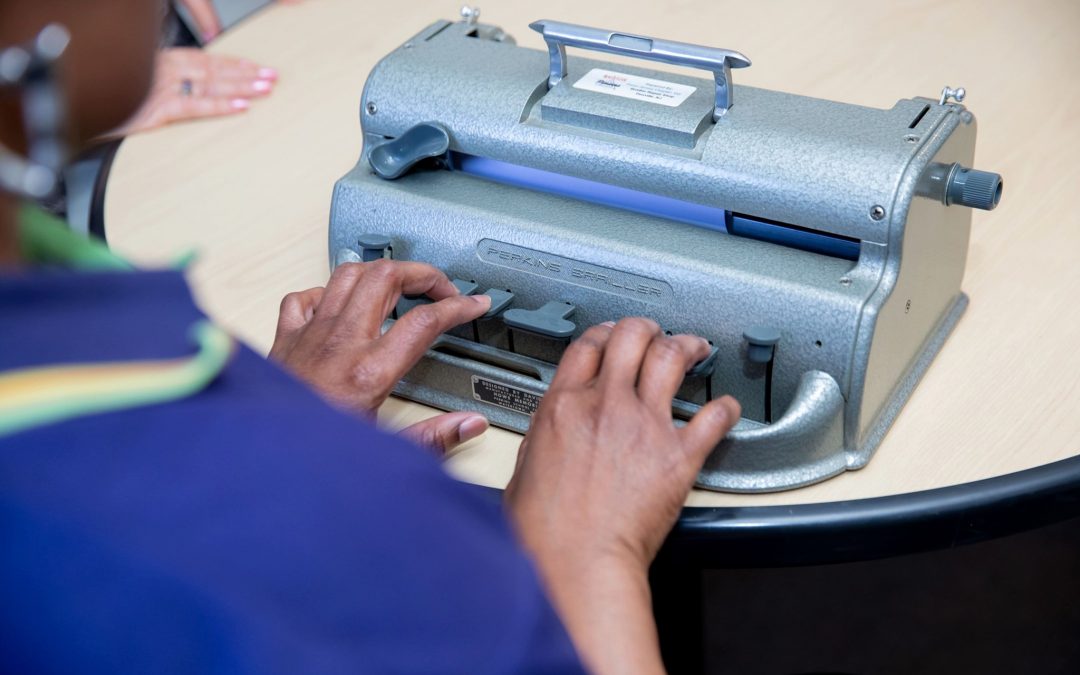Yesterday we celebrated World Braille Day. Most people know Braille as the “language for blind people,” but what is it really? 👀
Braille is actually not a language but rather a code by which all languages may be written and read – in a nutshell, it’s a tactile reading and writing system that uses raised dots to represent the letters of the print alphabet. It also includes symbols to represent punctuation, mathematics and scientific characters, music, computer notation and foreign languages.
Through the use of Braille, people who are blind are able to review and study the written word. It provides a vehicle for literacy and gives an individual the ability to become familiar with spelling, punctuation, paragraphing and other formatting considerations.
What does it look like?
Braille symbols are formed within units of space known as braille cells. A full braille cell consists of six raised dots arranged in two parallel vertical columns of three dots (like the number 6 on a dice). The dot positions are identified by numbers one through to six. 63 combinations are possible using one or more of these six dots. Cells can be used to represent a letter of the alphabet, number, punctuation, part of a word or even a whole word.
Want to learn Braille? Send us an email at lgroszew@vlanj.org or call us at 973-627-0055 ext. 1312 to join our programs!

